Standard scale of hand-made coffee powder how to determine the grindability of hand-made coffee beans
Beginners of hand-brewed coffee often come to Qianjie Cafe to ask how to determine the degree of grinding of each coffee bean, what effect it has on coffee extraction, how to distinguish the thickness of coffee powder at home, and so on. The front street of this article will talk about the degree of grinding of hand-brewed coffee.
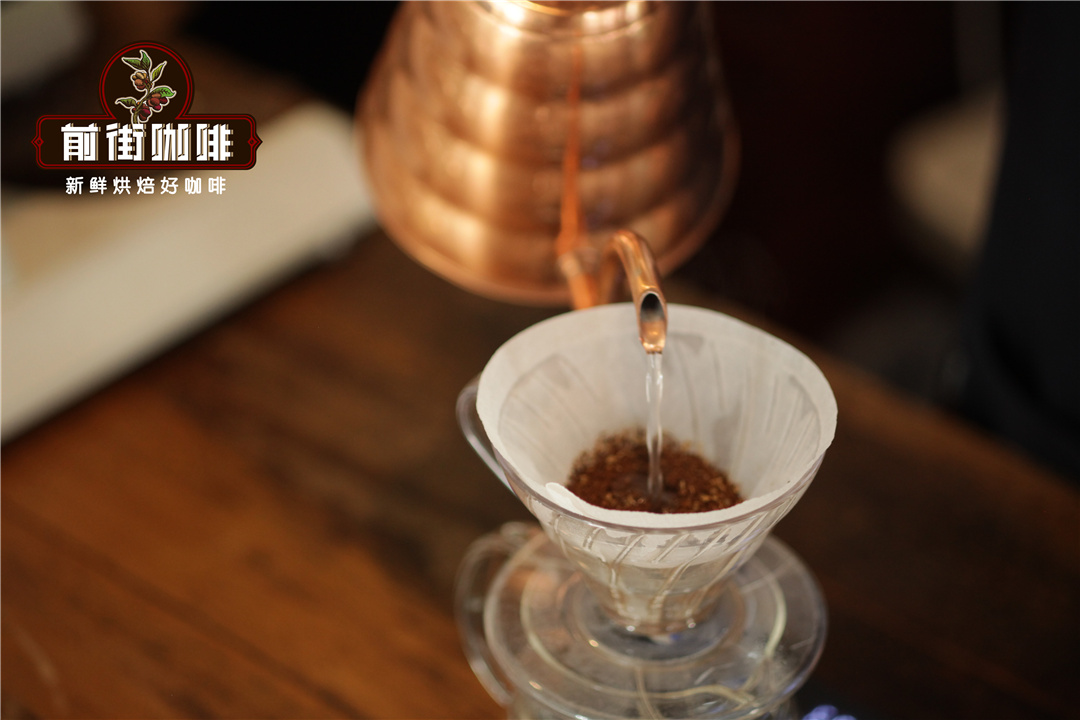
Effect of Grinding degree on Coffee
Grinding is very important for coffee, and the size of coffee particles directly affects the efficiency of hot water extraction of coffee. In theory, the more uniform the coffee particle value is, the more consistent the overall extraction efficiency is, and the better the coffee flavor is. The concentration and extraction rate decrease with the thickening of the grinding degree and increase with the finer the grinding degree. The degree of grinding means not only the size and shape of the coffee after grinding, but also the size of the surface area. The finer the coffee powder is ground, the larger the coffee surface area is, and the more the water touches the coffee, the more substances can be extracted. An increase in the surface area (the thicker the grinding) also allows more carbon dioxide emissions in the coffee beans.
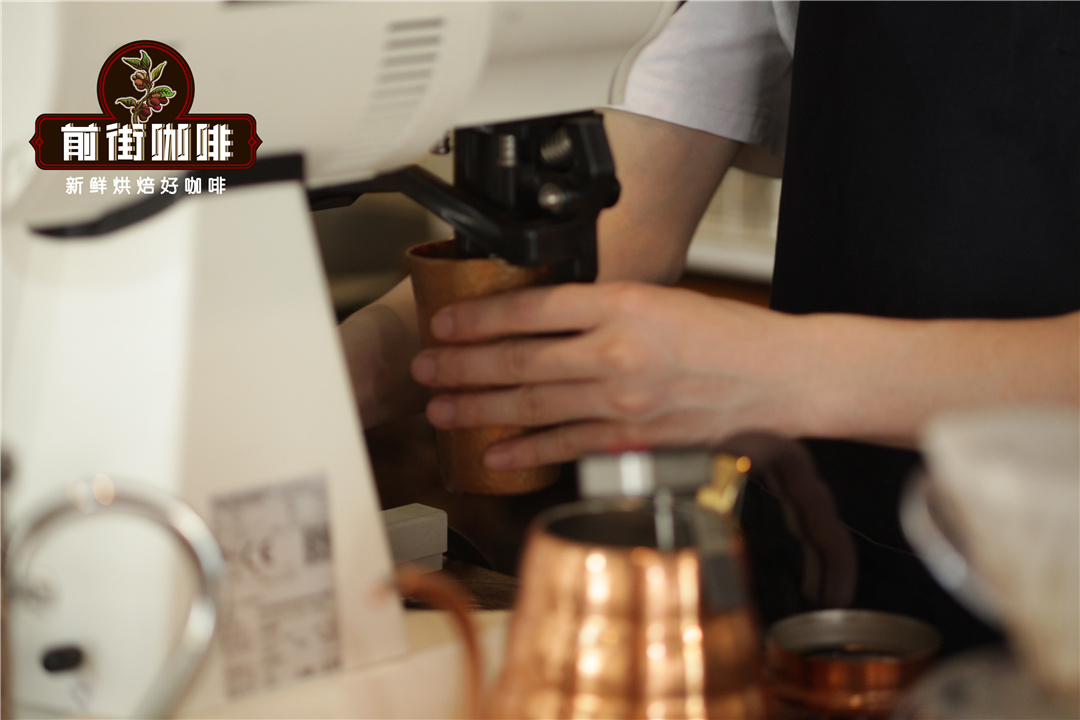
Effects of roasting on aroma and carbon dioxide production of coffee beans
Roasting gives full play to the aroma of coffee. Mena reaction refers to a series of degradation and polymerization of monosaccharide carbohydrates and amino acids, which runs through the whole roasting process. Monosaccharides react with amino acids at different temperatures to produce many complex aromas, such as nuts, almonds, cream, chocolate and other aromas from the Mena reaction. Caramelization is the oxidation and browning of sugars in the process of heating, resulting in aromas such as honey, maple syrup and caramel. To put it simply, the longer the baking time, the more sour coffee beans will play. In the case of medium roasting, lightly roasted coffee has more sour flavors such as citrus and berries. Deep-baked caramelized flavor will be more obvious, such as cocoa, caramel, nuts and other flavors.

Roasting not only produces aroma of coffee beans, but also produces carbon dioxide in the body of coffee beans. The deeper the roasting degree is, the more carbon dioxide is produced. Therefore, in order to ensure that carbon dioxide can be better released during brewing, Qianjie suggests that when buying freshly roasted coffee beans, raise beans to allow coffee beans to release carbon dioxide by themselves through the exhaust valve on the package without opening the original package. It is helpful to the fusion of aromatic substances and oil, so that all the aromatic substances inside the coffee beans can be easily extracted. For light roasted beans in Qianjie coffee, it is recommended that the cultivation time is 3-4 days from the beginning of the baking date, and 5-6 days from the beginning of the baking date for medium-to-deep roasted beans. How to determine the grindability of coffee beans?
Take the freshly roasted beans of Qianjie Coffee as an example, the hand-made coffee beans are divided into medium-light roasting and medium-deep roasting. Light roasted coffee beans in Qianjie coffee: light roasted coffee beans will show sour taste, and caramelized substances are not easy to extract from cups. Qianjie Association recommends medium fine grinding (0.85mm 's No. 20 sieve pass rate of 80%, that is, the size of fine sugar). Medium fine grinding can slow down the time of water passing through the powder layer, and better extract the sour and sweet substances in coffee. And caramelized substances balance the flavor of coffee. Medium-fine ground coffee powder is recommended to brew water temperature at 90-91 degrees, too high water temperature will be too high to extract caramelized substances, resulting in bitterness, too low water temperature will not extract enough, only some sour substances and sweet substances will be extracted, making the coffee flavor insipid and boring.
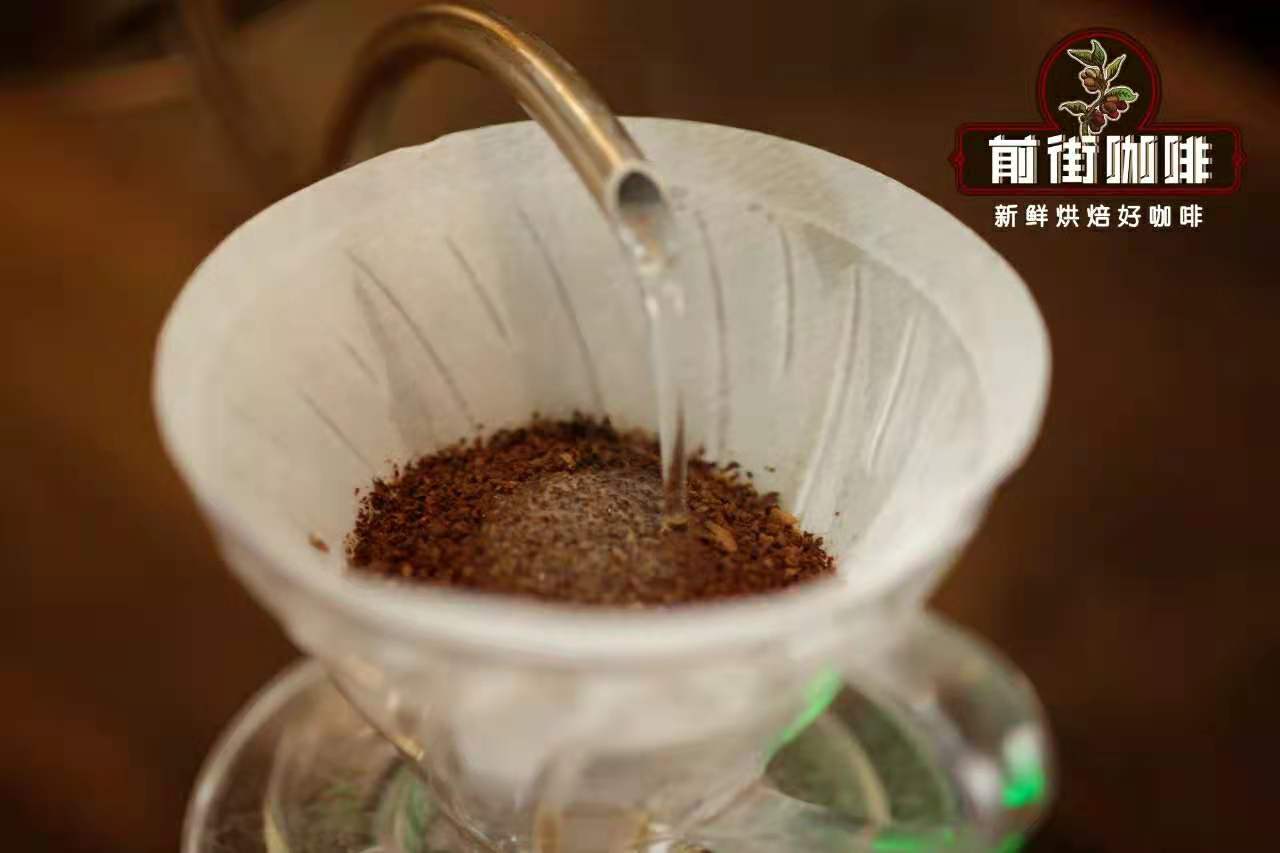
Deep-roasted coffee beans in front street coffee: medium-and deep-roasted coffee beans are generally less sour and mellow, which means that caramel-flavored substances are more abundant. Qianjie will recommend the use of medium coarse grinding (the pass rate of 0.85mm 's No. 20 screen is 70%, that is, the size of coarse sugar). Medium coarse grinding can speed up the time for water to pass through the powder layer, so that the caramelized substance will not be excessively extracted, and the coffee flavor and taste will be sweet and mellow without producing unpleasant bitterness. Medium and coarse ground coffee powder is recommended to brew at 88-89 °C. if the water temperature is too high, the flavor of the coffee will be bitter and difficult to swallow, and the flavor of the coffee will be dull and insipid.
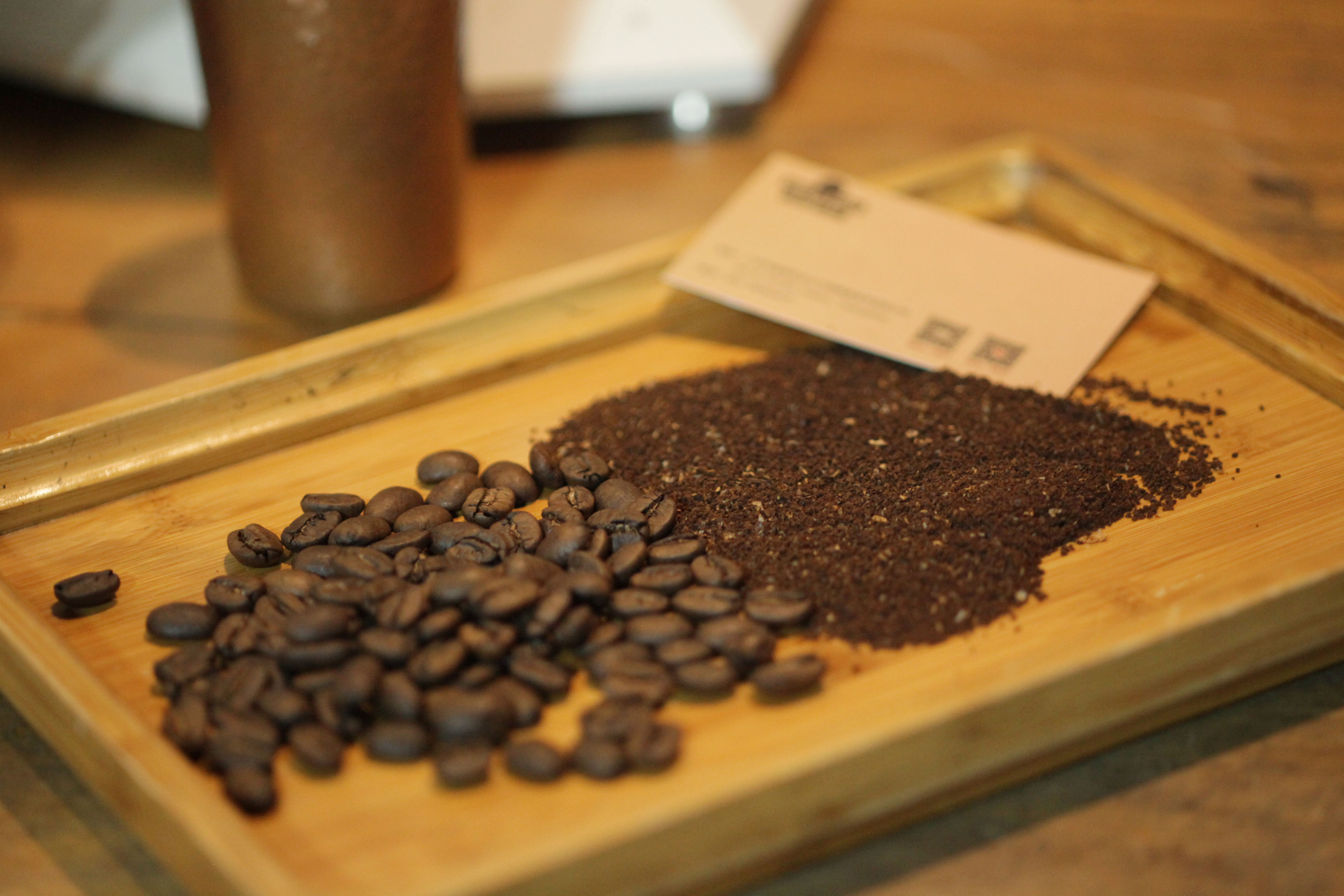
How to use 0.85mm 's No. 20 screen?
With regard to the degree of grinding, Qianjie is determined by screening this method, according to the grinding advice provided by the American Fine Coffee Association SCA for hand-brewed coffee, Qianjie is combined with the actual operation verification. If you don't have a sieve at home, Qianjie Coffee suggests observing the speed of the water to judge that if the flow is too fast, it is coarse, and if the flow is too slow, it is fine.
First of all, prepare 10g coffee beans for grinding, initially determine a grinding degree according to the size of fine sugar and coarse sugar, then pour into the sieve, cover the lid, shake left and right, so that the coffee powder falls into the powder plate below through the sieve. No coffee powder is sifted until it passes through the sieve. Then prepare an electronic scale and container to zero, pour the screened coffee powder into the container and weigh it, 80% of the screened coffee powder is medium-fine grinding, 70% of the screened coffee powder is medium-coarse grinding, if the pass rate is too much, adjust the grinding degree, if the pass rate is too low, choose the grinding degree fine.
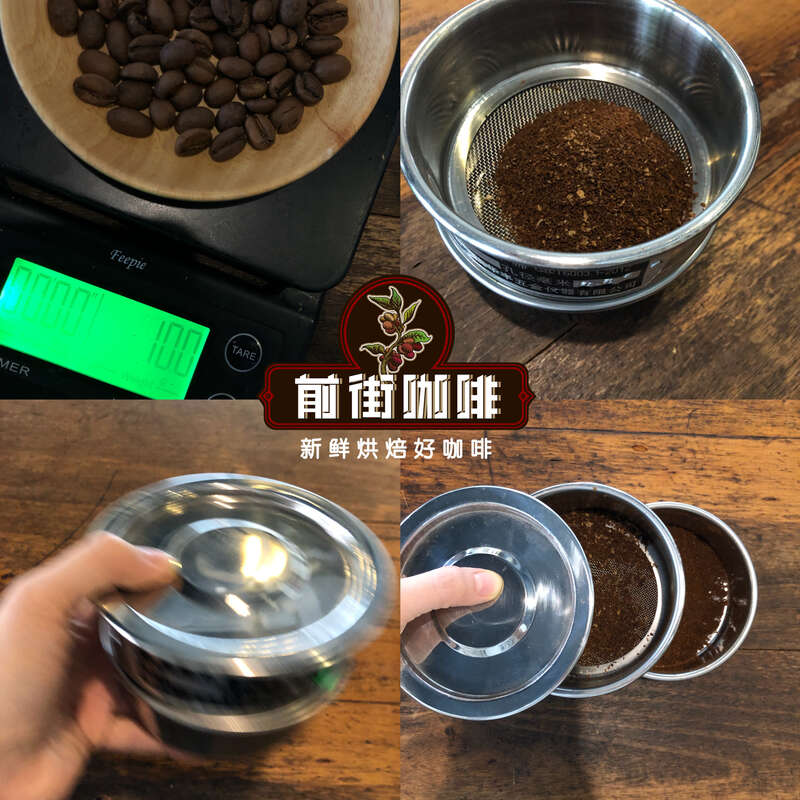
The importance of uniform grinding degree
The powder should be uniform after grinding. Coffee beans become powdered after grinding, and the distribution of powder size has a lot to do with the quality of coffee drinks. The more the size of the powder is concentrated within the target range, the better the flavor will be. If there are too many coarse grains, you will not be able to brew the good taste hidden inside the coffee; if there are too many fine grains, you will make coffee that tastes too miscellaneous and too bitter. If the uneven grinding is more serious, Qianjie suggests changing to a grinding appliance.
Professional coffee knowledge exchange more coffee bean information please follow the coffee workshop (Wechat official account cafe_style)
For more boutique coffee beans, please add private Qianjie coffee on Wechat. WeChat account: kaixinguoguo0925
Important Notice :
前街咖啡 FrontStreet Coffee has moved to new addredd:
FrontStreet Coffee Address: 315,Donghua East Road,GuangZhou
Tel:020 38364473
- Prev
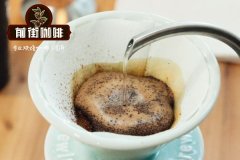
Which is better for coffee filter paper brands: Kalita, Hario, mola, kono or bonavita?
Professional coffee knowledge exchange more coffee bean information please follow the coffee workshop (Wechat official account cafe_style) I have used Kalita, Hario, a hundred sheets of large packaging filter paper of unknown Japanese brands, the filter paper price difference of these brands is not small, Kalita is the most expensive, 40 boxes are ten yuan more expensive than hario, on average, a piece of filter paper is about 1.1yuan.
- Next
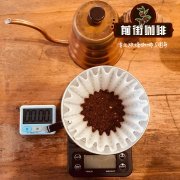
What is the thickness of hand-made coffee powder? what is the difference in the taste of black coffee and American coffee?
Professional coffee knowledge exchange more coffee bean information please follow the coffee workshop (Wechat official account cafe_style) 1. Temperature extraction efficiency: like other brewing equipment, temperature affects the extraction efficiency of coffee. Bitterness, etc., belongs to the flavor of the later stage. If the coffee is too bitter and scorched, you can try it.
Related
- What is the Philharmonic pressure? How to use Philharmonic pressure to make delicious coffee
- Why does a hand grinder have more fine powder than an electric grinder?
- In addition to the hot mom, what is the difference between the versions of EK43 | ditting and Mahdi ek43?
- What kind of equipment do you need to make coffee by hand? Introduction to novice starter cooking equipment tools
- Espresso needs to be ground how thick and thin scale entry Italian Coffee Machine Bean Grinder investigation and Grinding course
- How much does it cost to open a small private cafe? How much does it cost to learn coffee? How to operate it?
- The difference between the flavor characteristics of hand-brewed coffee and coffee maker is hand-brewed coffee really better than coffee maker? Can I use a coffee machine to make coffee beans by hand?
- The difference between 01 and 02 of hario v60 filter cup what is the difference between 01 and 02 filter cup opening and cooking flavor
- What's the difference between the smart cup and the French kettle? Which is better, the French kettle or the Smart Cup?
- What's the difference between a smart cup and a V60 filter cup? The difference between the taste of smart cup and hand-brewed coffee

